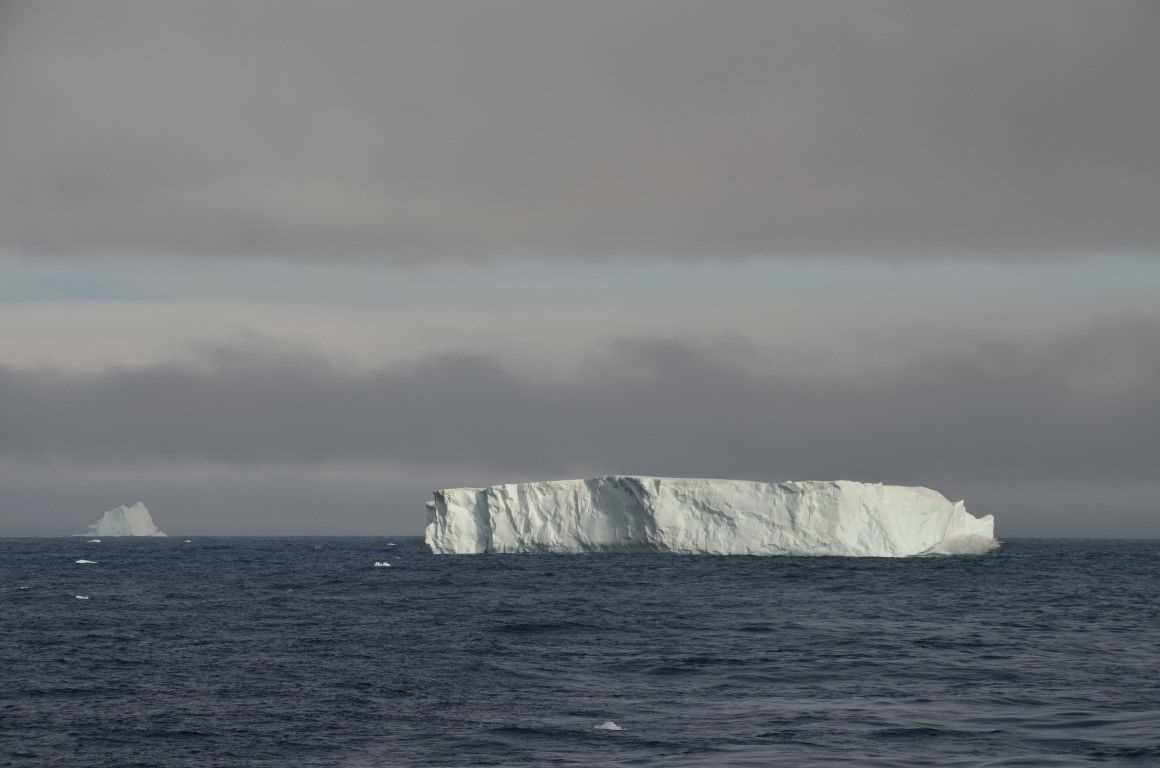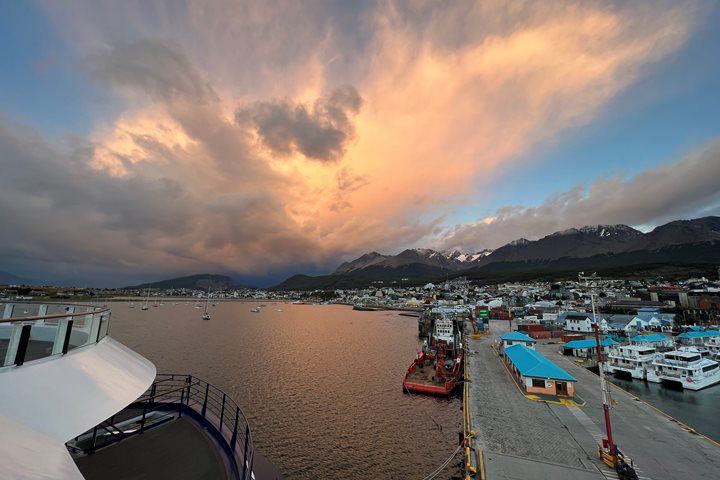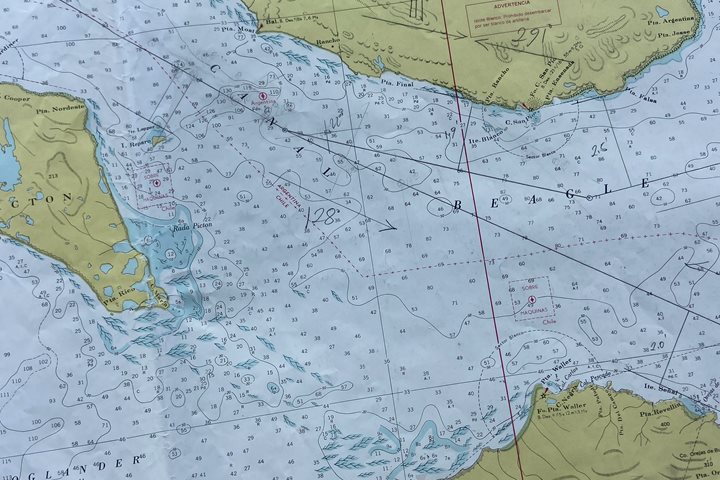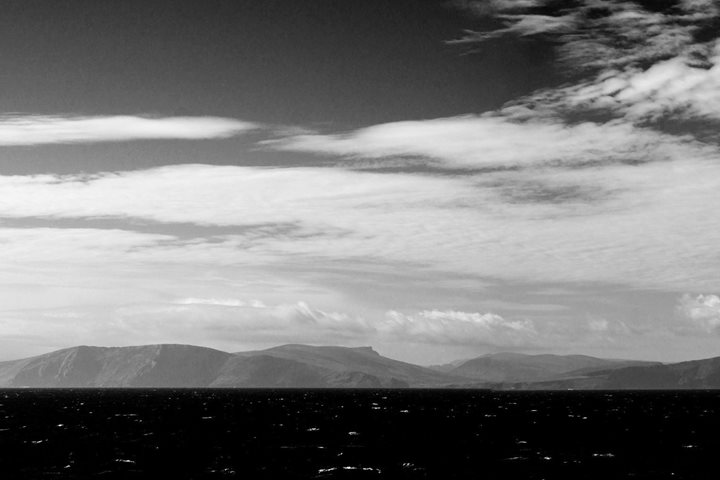The National Geographic Orion dipped below 60 degrees south latitude for a quick stop at Coronation Island en route to Elephant Island and the Antarctic Peninsula. Not only does this put us officially into Antarctica for treaty purposes, but we have clearly moved into a colder and more severe climate regime. Fog and low clouds routinely drape the western point of the Island, which hosts thousands of chinstrap penguins lining all available shorelines along this part of the coast. Luckily the wind, clouds, and sea cooperated enough to allow a landing on the small beach, where the penguins entertained all who made it ashore. By mid-morning we were again on our way across the open sea, avoiding pack ice in a freshening southerly wind, as we roughly paralleled Shackleton’s perilous passage to South Georgia in reverse.
- Daily Expedition Reports
- 20 Nov 2017
Coronation Island, South Orkney Islands, 11/20/2017, National Geographic Orion
- Aboard the National Geographic Orion
- Antarctica
Robert Edwards, Naturalist
Growing up in the Appalachian foothills of the Garden State, Rob instinctively knew it made a lot more sense to head over the hill into the fields, forests, lakes, and streams behind his house, rather than down the road to the shopping mall in front ...
Read MoreDan Westergren, National Geographic Photography Expert
As the longtime photo editor for National Geographic Traveler magazine, Dan Westergren was responsible for the magazine’s photographic vision, which has earned the publication numerous awards for photography. He's been lucky to photograph amazing p...
Read MoreShare Report
Antarctica, South Georgia and the Falklands
VIEW ITINERARYRelated Reports
3/13/2022
Read
National Geographic Explorer
Tierra del Fuego
Until now, we have skirted the mercurial weather of the South Atlantic. Though the sun has been rare, we have been lucky with calm seas and easy access to some of the most exciting landing sights South Georgia and the Falklands have to offer. Today, as our trip nears its end, we had the opportunity to experience a small taste of the conditions that make this such a notorious region for seafarers and explorers. With sustained winds of up to 50 knots wrapping around Cape Horn, the ocean quickly began to churn. Our captain and bridge team found us shelter in the Beagle Channel where we spent the day appreciating the power of the ocean and the biodiversity of Tierra del Fuego. While onboard in the comfort of our new ship/home, National Geographic photographer Camille Seaman shared a collection of photographs she took throughout the last two weeks. Naturalists Madalena Pachaco and Bud Lenhausen shared stories of exploration and changing climates. Photo caption: The chart shows our way to protection from the storm in the Beagle Channel. Photo by Alex Krowiak
3/12/2022
Read
National Geographic Resolution
Le Maire Strait and Beagle Channel
We continued sailing from the Falkland Islands to Ushuaia, crossing the Le Maire Strait and entering the Beagle Channel. On our way, we enjoyed spectacular landscapes as seabirds followed us.









